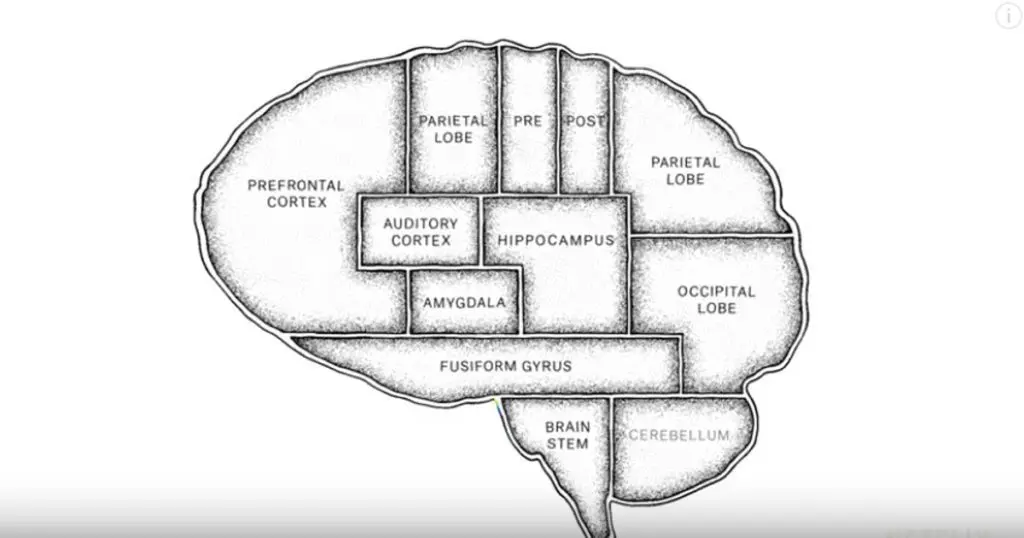Summary
“Dreams” provides a fascinating history of how and why we dream, and how nature dreams with us.
This recap is of The Mind, Explained Season 1 Episode 2, “Dreams”. You can read our recap of the previous episode by clicking these words.
The question of why we dream is a common one; the subject of countless books, studies, lectures, and television programs, including The Mind, Explained Episode 2, which presents various potential answers to the question. Is dreaming a window into our deeper selves? If so, I have some questions for my deeper self.
Regardless, the dry science is handled with clarity and confidence by the show’s hand-drawn cartoons, which sketch out the neural similarities between being awake and being in REM sleep, a period when our emotion is allowed to overtake our reason. A theme of the docuseries emerges here: the current topic relates back to the previous, as it’s explained in The Mind, Explained Episode 2 how REM sleep relates to memory; both the preserving of events and also the forgetting of potentially traumatic ones. I appreciated the reminder of how closely these topics are all connected, and how dependent the human body, not just the mind, is on its various components.
Dreams have been recorded as far back as ancient Mesopotamia, but their interpretations have changed and evolved throughout history — what remained constant, however, was the idea that they did indeed have meaning, which was challenged as more scientific inquiry began to consider such things as useless superstitions. The modern Western idea of dreams has, of course, been defined by the work of Sigmund Freud and Carl Jung, both of whom are paid lip service here,
A deviation into lucid dreaming and the means by which it can be achieved seems possessed of a slightly different tone to the rest of the content, perhaps because it’s the aspect of dreaming least understood. More concrete is the idea that dreams are more often than not representations or extensions of the dreamer’s real life. They’re set almost exclusively in places the dreamer recognizes, and tend to feature predominantly figures the dreamer regularly encounters; men tend to dream of other men more, perhaps due to male-dominated workspaces and social groups, whereas children tend to dream of animals.
Speaking of which, The Mind, Explained Episode 2 contains a wonderful examination of how songbirds whose mating depends on their learning of a unique love song practice their tunes in their sleep. I hope whichever bird being studied got laid.




